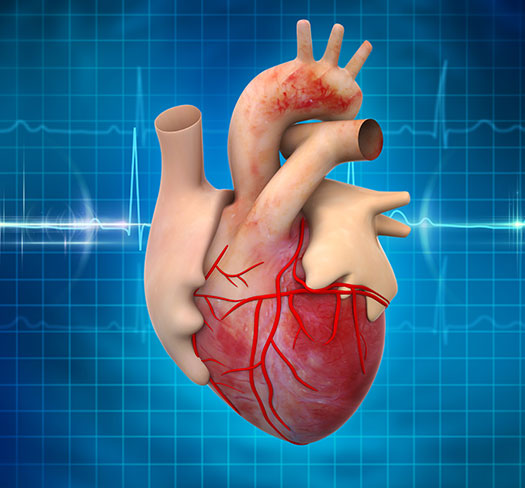-
Products
-
- Featured Products
- Supraflex Cruz
-
- Professionals
- Patients & Caregivers
- Investors
- About SMT
Main navigation
What are the symptoms?
Most heart attacks start mildly with gradual pain. However, some may have an intense and sudden onset. Symptoms of a heart attack include:
- Chest pain that may last for some time, disappear or reoccur
- Pain in one or both arms, the back, neck, jaw or stomach
- Shortness of breath
- Sweating
- Nausea

The risk factors for a heart attack are:
![]() Smoking
Smoking
![]() High blood pressure
High blood pressure
![]() High cholesterol levels
High cholesterol levels
![]() High alcohol intake
High alcohol intake
![]() Diabetes
Diabetes
![]() Overweight / obesity
Overweight / obesity
A heart attack may be diagnosed by:
- Blood Tests
- Electrocardiography
- Coronary Angiography
There are certain measures that may be taken to prevent heart attack. These same measures can reduce the chances of sufferring a second heart attack.
- Avoid smoking and second-hand smoke
- Control high blood pressure, high cholesterol levels and diabetes
- Eat a healthy diet that is low in saturated fats, transfats and salt
- Exercise moderate or intensely for at least 150 minutes per week
- Maintain a healthy weight
- Visit your doctor regularly for check-ups
- Take medicines regularly as prescribed
If you think you may be experiencing symptoms of a heart attack, don’t waste time. Call an ambulance immediately! The more time that passes without seeking treatment, more heart muscle begins to die causing permanent damage.
Treatment for the heart attack is either through:
- Medication: clot-breaking medicine or surgical procedures to restore normal blood flow as soon as possible. Other medicines may also be given to relieve pain.
- Coronary angioplasty: This a procedure to re-open the blocked artery and restore normal blood flow. A small deflated balloon is moved to the site of the blockage, inflated and then removed. If required, a stent may be placed to keep the artery open.
- Coronary artery bypass graft: This is a procedure in which a healthy blood vessel is taken from another part of the body that is to be attached to either side of the blocked artery so that blood can bypass the blockage. The healthy blood vessel may be taken from the leg or arm.


